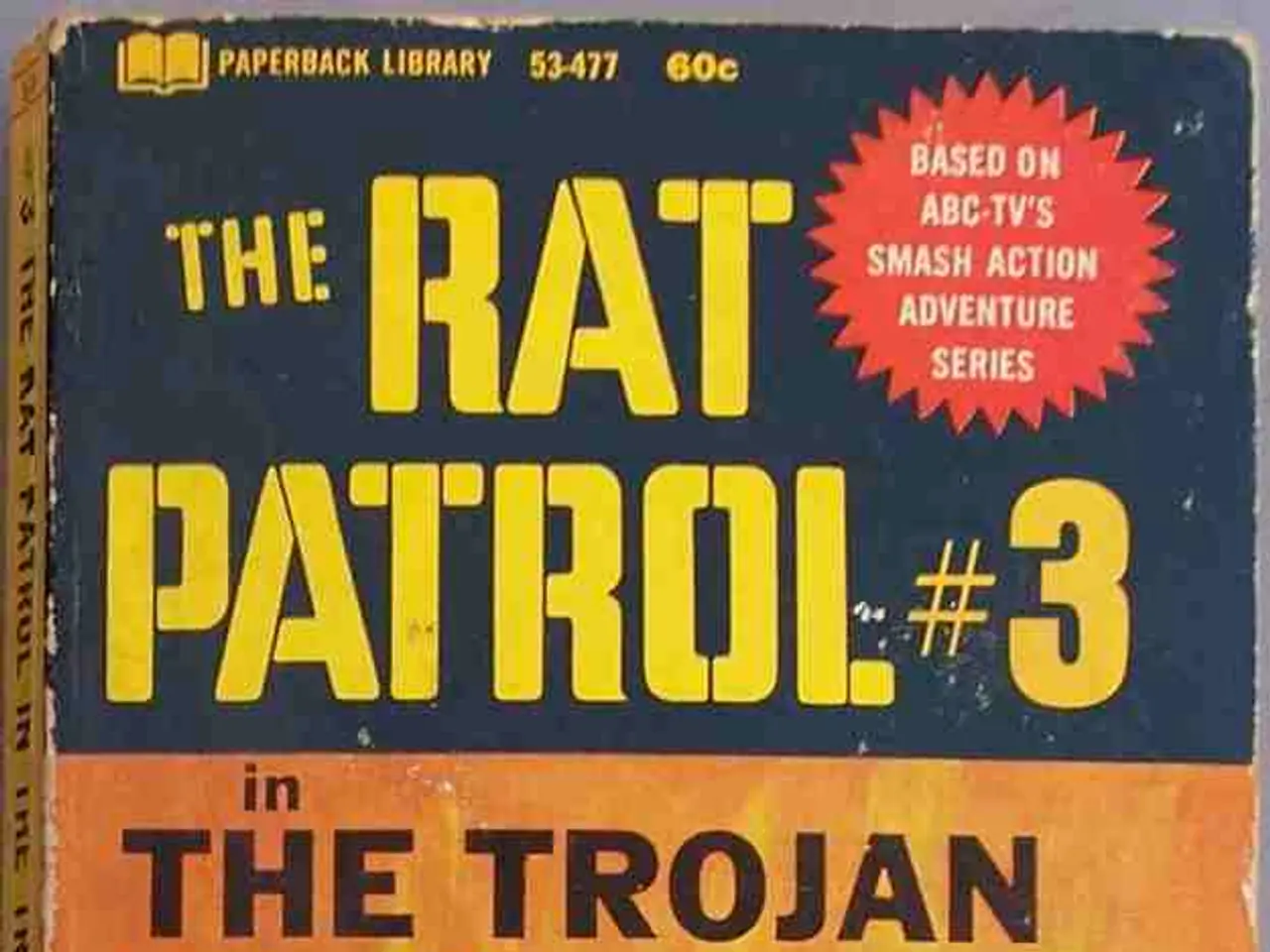Drones Play a Pivotal Role in Innovation and Adaptation in the Ongoing Ukrainian Conflict (Discussed on MWI Podcast)
In a recent episode of the MWI Podcast, Samuel Bendett, an adviser at CNA's Strategy, Policy, Plans, and Programs Center and a member of CNA's Russia Studies Program, delves into the innovation efforts of Ukrainian and Russian forces during their ongoing war.
Ukraine's innovation strategy leans towards AI-assisted and autonomous drone warfare. The country aims to produce up to 5 million drones by 2025, with about half of them equipped with AI guidance for higher target accuracy and enabling swarm tactics. This shift from simple remotely controlled UAVs to more sophisticated autonomous systems has been bolstered by Western aid and domestic technological push, although challenges in system standardization and scalability persist.
In contrast, Russia has focused on a more centralized and standardized innovation strategy, developing a coherent defense technology stack through major defense firms. This approach has allowed Russia to gain technological and numeric superiority in UAVs, particularly in personnel-guided first-person-view (FPV) drones, which are used effectively for harassing Ukrainian infantry and precision strikes on logistics lines outside front-line areas.
Russia integrates UAVs into combined arms tactics, mixing drone swarms with cruise missiles and ballistic threats in coordinated salvos that strain and saturate Ukrainian air defenses, enhancing operational effectiveness. Additionally, Russia has invested significantly in advanced EW and anti-drone systems to protect critical infrastructure and air defenses from Ukrainian drones.
The impact of these innovation efforts on battlefield outcomes is significant. Ukraine's push for autonomous and AI-guided drones has enhanced its ability to conduct precision strikes and swarm operations, maintaining dynamic defense capabilities despite challenges in integration and production scale. Russia's superior drone numbers, longer-range capabilities, and integrated drone-missile salvos have allowed deeper strikes on Ukrainian logistics and frontline rotations, complicating Ukrainian troop movements and supply chains.
The technological and tactical divergence between the two nations influences frontline dynamics, with Russian UAVs playing a critical role in operational advances by targeting logistics and manning under rotation threats, while Ukrainian UAV innovation continues to evolve towards autonomy and swarm warfare despite systemic challenges.
Listeners are encouraged to subscribe to the MWI Podcast, available on Apple Podcasts, Stitcher, Spotify, TuneIn, or your favorite podcast app. After listening to the episode, it is suggested to give the podcast a rating or leave a review. For more information on Samuel Bendett's research, which focuses on Russian defense and technology, as well as unmanned and autonomous military systems, visit CNA's website.
[Image Credit: Image credit for the article is from mil.gov.uk, via Wikimedia Commons.]
- Ukraine's innovation strategy, as discussed in a recent MWI Podcast episode, emphasizes AI-assisted and autonomous drone warfare, aiming to produce up to 5 million drones by 2025, with half equipped with AI guidance.
- Russia's innovation strategy, on the other hand, centers around a more centralized and standardized approach, focusing on developing a coherent defense technology stack through major defense firms.
- The MWI Podcast highlighted Russia's effective use of personnel-guided first-person-view (FPV) drones for harassing Ukrainian infantry and precision strikes on logistics lines outside front-line areas.
- The integration of UAVs into combined arms tactics by Russia, as revealed in the episode, involves mixing drone swarms with cruise missiles and ballistic threats for deeper strikes on Ukrainian logistics and frontline rotations.




